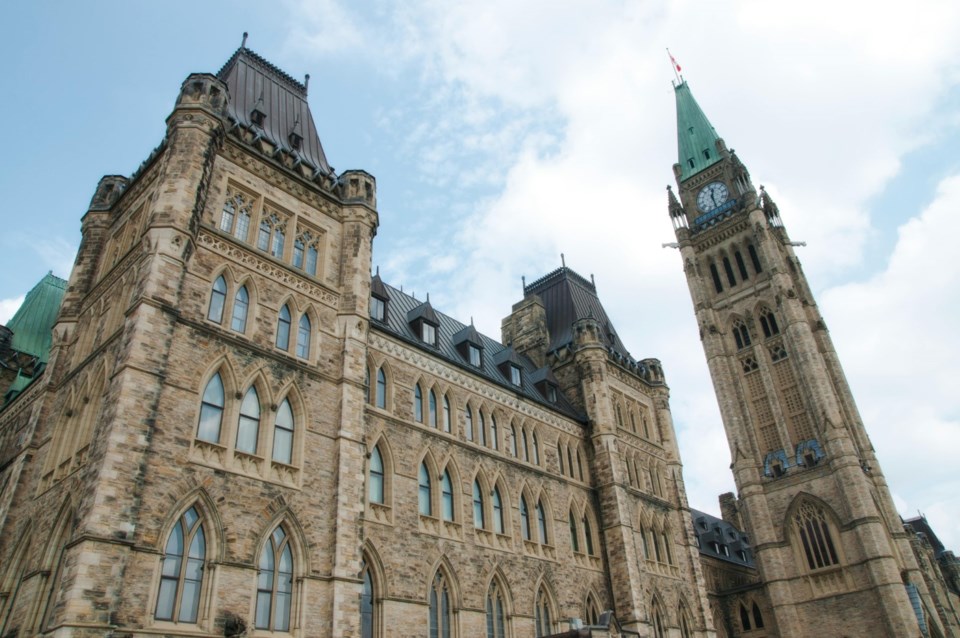There was a time when opinion polling was largely taken at face value. While each opinion research firm produced a different result, very few people expressed serious doubts about the information contained within a poll. They might have agreed or disagreed with a particular survey—which is human nature, after all. At the same time, they wouldn’t have doubted the legitimacy of polls and pollsters.
That’s not the case any longer in many democratic countries, including Canada.
There’s been a significant increase in the amount of frustration and skepticism when it comes to opinion polling during the federal election. So much so that some Canadians can’t come to terms with the fact that the opinion polls have been all over the map.
When Pierre Poilievre became Conservative leader on Sept. 10, 2022, his party took a significant lead in the polls over then-prime minister Justin Trudeau and the Liberals. The pattern remained consistent for over two years. A single-digit Conservative lead turned into a double-digit margin—and, by last summer, had expanded to a 20-point lead.
We all know why this happened. Trudeau was a mediocre, ineffective and delusional prime minister. A growing number of Canadians wanted him to step aside or resign. Leger’s November 2024 survey had Trudeau at a 68 per cent disapproval rating, with only 27 per cent approval and five per cent suggesting they were “very satisfied.”
It was no secret that Trudeau’s departure from Ottawa would reduce the gap between the Conservatives and Liberals. Anyone who actually thought otherwise was fooling themselves. The question was simply by how much.
Trudeau announced his resignation on Jan. 6. Many factors led to this moment, including: high disapproval numbers, U.S. President Donald Trump’s constant criticism, attacks and memes after their difficult dinner meeting at Mar-a-Lago on Nov. 29, 2024, and Chrystia Freeland’s resignation on Dec. 13, 2024, after he unwisely decided to drop her as finance minister.
Here’s the interesting thing. One polling firm, EKOS, suggested a sharp decline in the Conservative-Liberal gap started in late January. No other organization made the same assessment in January. Although the 20-point gap shrank to about a 10-11 point cumulative average, EKOS was largely viewed as an outlier.
Things began to change rather swiftly the following month. Several polling firms, including Nanos Research, Leger and Mainstreet Research, noted that the Conservative lead had dropped to single digits by Feb. 13. EKOS suggested the Liberals had taken a small lead on Feb. 23, followed by Ipsos on Feb. 24.
When Mark Carney was elected Liberal Party leader on March 9, it started to steamroll. EKOS, Leger, Mainstreet, Angus Reid Institute and Liaison Strategies had the Liberals out in front, while Nanos, Abacus Data and Innovative Research still had the Conservatives in the lead. By March 21, two days before the federal election was called, almost every opinion polling firm had Carney and the Liberals ahead of Poilievre and the Conservatives in some fashion.
That’s where things currently stand. The Liberals have a 6–7 point cumulative lead as of April 13. It’s a slight increase from last week. With the exception of several polls—Abacus showing a 39–39 per cent tie on March 27 and April 3, Innovative with a 38–37 Conservative lead on March 31, and Mainstreet showing a 44–42 lead for the Conservatives on April 13—the momentum has completely shifted.
How did this happen?
It certainly wasn’t due to Carney. He’s a politically inexperienced leader who has run a poor campaign and appeared arrogant, egotistical, curt, distant and awkward on the campaign trail. Rather, Trump’s tariffs were the main reason why the polls shifted in such a dramatic fashion. The Liberals have been able to ride this wave, aided by the collapse of NDP and Bloc Québécois support that’s moved into their political camp. Plus, the fact that comparisons of Poilievre to Trump, no matter how inaccurate they are, just won’t disappear.
Yet, there are Canadians who strongly doubt that the pollsters have been accurate and even-handed during this election campaign. They point to wild disparities in polling data. They don’t trust polling firms like EKOS and, up until recently, Ipsos, which had the Liberals leading in double digits when almost no one else did. They blame political pundits, columnists and a biased media for not reporting things accurately. And, in some cases, they don’t believe anything is valid other than what they think is happening.
In fairness, there’s plenty of evidence that a growing number of respondents lie to polling firms around the world. Trust in opinion polls has substantially decreased, too.
Nevertheless, there’s no reason to distrust the fact that the Liberals are in the lead. The cumulative average is probably close to accurate at this stage. There’s more than enough time for things to shift around. The electorate is extremely volatile, as the polls seem to show. A decent-sized chunk of Canadians haven’t parked their votes just yet. The election isn’t going to be a blowout, as some have foolishly suggested. The likely result on April 28 will be a minority Liberal or Conservative government.
If that’s what happens, will some Canadians regain their faith in polls once more? I don’t think you need a poll to determine that the answer will be “no” for the foreseeable future.
Michael Taube is a political commentator, Troy Media syndicated columnist and former speechwriter for Prime Minister Stephen Harper. He holds a master’s degree in comparative politics from the London School of Economics, lending academic rigour to his political insights.
©
The commentaries offered on Â鶹´«Ã½ are intended to provide thought-provoking material for our readers. The opinions expressed are those of the authors. Contributors' articles or letters do not necessarily reflect the opinion of any Â鶹´«Ã½ staff.




